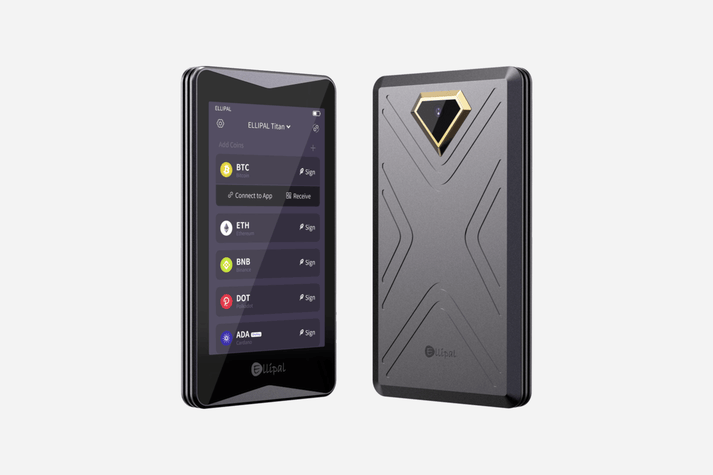In the ever-evolving world of cryptocurrency, securing your digital assets is paramount. One of the most effective methods for achieving this is through a cold storage wallet. But what exactly is a cold storage wallet, and why is it essential for cryptocurrency security? This guide will provide you with a comprehensive understanding of cold storage wallets and their significance in safeguarding your investments.

What is a Cold Storage Wallet?
A cold storage wallet is a type of cryptocurrency wallet that is not connected to the internet. This disconnection makes it significantly less vulnerable to hacking attempts and online threats. Unlike hot wallets, which are online and more convenient for transactions, cold storage wallets prioritize security over accessibility. They are often used for long-term storage of cryptocurrencies.
Types of Cold Storage Wallets
There are several types of cold storage wallets available, each with its unique features:
- Hardware Wallets: These are physical devices that securely store your private keys offline. Popular options include Ledger and Trezor.
- Paper Wallets: A paper wallet involves printing your private and public keys on a piece of paper. This method is highly secure if generated and stored correctly.
- Air-Gapped Wallets: These wallets are created on devices that have never been connected to the internet, ensuring maximum security.
Why Use a Cold Storage Wallet?
Using a cold storage wallet offers several advantages:
- Enhanced Security: By keeping your private keys offline, you significantly reduce the risk of theft.
- Protection Against Malware: Cold storage wallets are immune to malware attacks that target online wallets.
- Long-Term Investment: If you plan to hold your cryptocurrencies for an extended period, a cold storage wallet is ideal.
How to Set Up a Cold Storage Wallet
Setting up a cold storage wallet is a straightforward process. Here’s a brief overview:
- Choose the type of cold storage wallet that suits your needs.
- Follow the manufacturer's instructions to set up the wallet.
- Transfer your cryptocurrencies from your hot wallet to your cold storage wallet.
- Store your wallet in a secure location, such as a safe or safety deposit box.
Best Practices for Using Cold Storage Wallets
To maximize the security of your cold storage wallet, consider the following best practices:
- Regularly update your wallet software to the latest version.
- Use strong, unique passwords for any associated accounts.
- Keep multiple backups of your wallet in different secure locations.
Conclusion
In conclusion, a cold storage wallet is an essential tool for anyone serious about cryptocurrency security. By understanding how they work and implementing best practices, you can protect your digital assets from potential threats. Whether you choose a hardware wallet, paper wallet, or air-gapped solution, the key is to prioritize security in your cryptocurrency journey.








